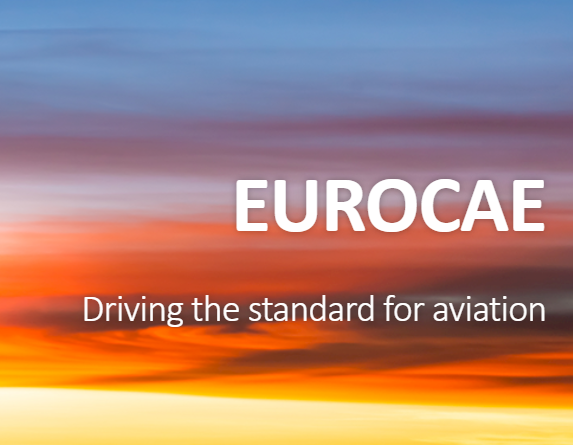Standards agency Eurocae has released its draft document ED-322 on System Performance and Interoperability Requirements for non-cooperative UAS detection systems. The document describes the system performance and interoperability requirements for non-cooperative UAS detection systems (Counter-UAS) in airport environments. The document is intended to summarise the different aspects of the Counter UAS (C-UAS) system and to have a better understanding of the C-UAS system components at the detection level. This document will identify performance requirements parameters of the Counter UAS detection system as it has been defined in the ED 286 / DO-389 Operational Services and Environment Definition (OSED) for Counter UAS in Controlled Airspace.
ED-322 was developed jointly by EUROCAE Working Group 115 ‘Counter UAS’ and RTCA SC-238. The consultation on this new standard is open until 10 October 2023. After this date, it will be submitted for approval by the EUROCAE Council.
Julia Sanchez, co-leader of WG 115 stated: “I am very pleased that, after a few years of work, we now have the first international standard on C-UAS for the detection part. C-UAS is not part of the UAS Traffic Management, but most probably interfaces will emerge in the future and the standard already supports interoperability”.
Filippo Tomasello, member of WG 115, added: “This standard was developed with civil airports in mind, but nothing prevents other public entities, including militaries, using it for procurement of C-UAS. EuroUSC Italia would be happy to support you if requested. Procurement based on international standards offers more assurance on system performance”.
Detection systems are essential part of the Counter UAS (C-UAS) systems which may be necessary to protect major airports from drone intrusions. These intrusions disrupt air traffic regularity. However, the standard may be applied by entities wishing to purchase C-UAS systems to protect any sensitive sites from drones anywhere in the world.
Access the document here
For more information visit:
www.easa.europa.eu




